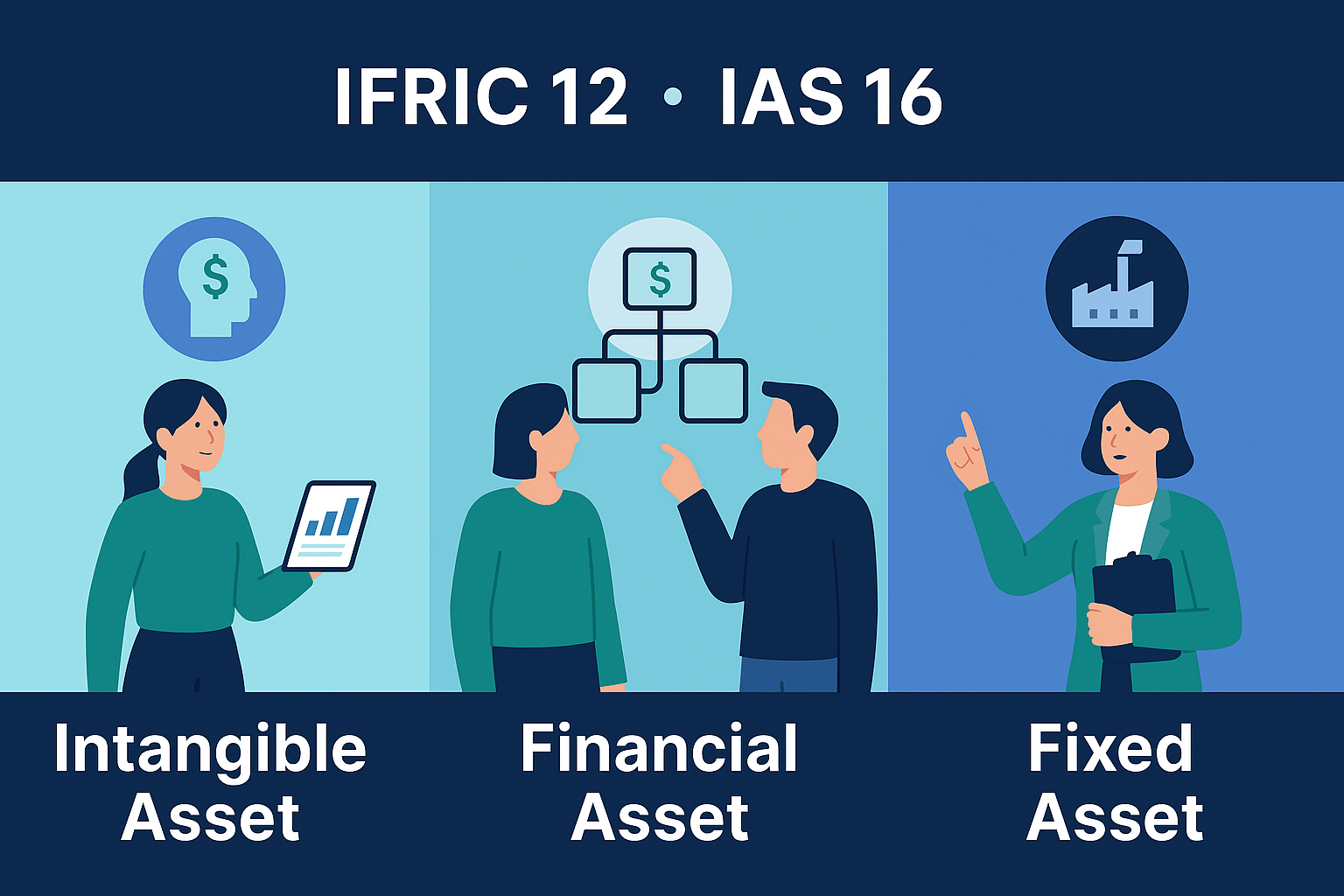Introduction
Working capital management is a critical component of project finance modeling that directly impacts cash flow projections and funding requirements. This tutorial explains two fundamental approaches to calculating working capital in project finance models: the End Balance Approach and the Movement Approach. Understanding these methodologies allows financial modelers to select the most appropriate technique based on their specific project needs and reporting requirements.
Understanding Working Capital in Project Finance
Working capital in project finance represents the funds required to cover the gap between:
- When a project incurs costs (creating accounts payable)
- When a project receives revenue (creating accounts receivable)
Effective working capital modeling ensures sufficient liquidity throughout a project’s lifecycle while avoiding excessive capital allocation.
Method 1: Working Capital – End Balance Approach
Concept
This method first calculates the ending balances of accounts receivable (AR) and accounts payable (AP) for each period, then derives the period-to-period movements in working capital based on these balances.
Key Components in the Model
- Accounts Receivable Calculation
- Based on revenue and collection period (receivable days), 60 days assumed in this model
- Formula: = Revenue * (Receivable days / Days in period) * NOT(Project / Operations end)
- The Project/Operations end flag prevents calculating receivables in the final period, based on the assumption that the project will be completed and all receivables collected
- Accounts Receivable A/c Sub-Components
- Balance B/F: Opening balance of accounts receivable (equals previous period Balance C/F)
- Revenue receivable: New revenue subject to collection terms
- Revenue collected: Revenue actually collected in the period
- Balance C/F: Ending balance of accounts receivable (affects balance sheet)
- Revenue Collected Calculation
- Revenue collected = Balance B/F + Revenue receivable – Balance C/F
- This represents the actual cash inflow from receivables during the period
- Accounts Payable Calculation
- Based on costs and payment terms (payable days), typically 30-45 days in this model
- Formula: = Costs * (Payable days / Days in period) * NOT(Project / Operations end)
- Similar to AR, the end flag prevents calculating payables in the final period
- Accounts Payable A/c Sub-Components
- Balance B/F: Opening balance of accounts payable (equals previous period Balance C/F)
- Costs paid: New costs subject to payment terms
- Costs settled: Costs actually paid in the period
- Balance C/F: Ending balance of accounts payable (affects balance sheet)
- Working Capital Adjustments
- Additional components affecting working capital
- These adjustments account for items like inventory, prepayments, or accruals
Working Capital Movement Calculation
- Change in Working Capital = (Beginning AR – Ending AR) + (Ending AP – Beginning AP) + Other Adjustments
- The movement is what affects the cash flow statement
- Positive change (decrease in working capital) represents cash inflow
- Negative change (increase in working capital) represents cash outflow
Method 2: Working Capital – Movement Approach
Concept
This method first calculates the changes (movements) in accounts receivable and accounts payable, then uses these movements to derive the ending balances.
Key Components in the Model
- Accounts Receivable Movement Calculation
- Direct calculation of cash received from receivables
- The calculation is split into two components:
- a) Revenue received during project (excluding final period):
= 0 – ((Days in period – Receivable days) / Days in period * Revenue receivable + Balance B/F) * NOT(Project/operations end Flag)
This formula calculates partial collection within the period based on the timing difference between days in period and receivable days
- b) Revenue received in final period:
= 0 – SUM(Balance B/F + Revenue receivable + Revenue received) * Project/operations end Flag
This ensures all remaining receivables are collected in the final period
- This two-part approach directly calculates the cash flow impact from receivables with precise timing
- Accounts Receivable A/c Sub-Components
- Similar structure to Method 1, but calculation sequence differs
- Movement is calculated first through the revenue received formulas
- Balance C/F = Balance B/F + Revenue receivable + Revenue received (affects balance sheet)
- The movement approach ensures cash flow timing is precisely modeled
- Accounts Payable Movement Calculation
- Direct calculation of cash paid for payables
- Similar two-part approach:
- a) Costs paid during project (excluding final period):
= 0 – ((Days in period – Payable days) / Days in period * Costs paid + Balance B/F) * NOT(Project/operations end Flag)
- b) Costs paid in final period:
= 0 – SUM(Balance B/F + Costs paid + Costs settled) * Project/operations end Flag
- This directly calculates the cash flow impact from changes in payables with precise timing
- Accounts Payable A/c Sub-Components
- Similar structure to Method 1, but calculation sequence differs
- Movement is calculated first through the costs settled formulas
- Balance C/F = Balance B/F + Costs paid + Costs settled (affects balance sheet)
Working Capital Balance Calculation
- Working Capital Movement directly affects the cash flow statement
- The timing of cash movements is more precisely modeled
- Ending Balance = Beginning Balance + Movement (calculated directly)
Best Practices for Working Capital Modeling
- Consistency in Time Periods
- Ensure days in period match the model’s periodicity
- Maintain consistent treatment of timing differences
- Realistic Receivable and Payable Days
- Consider contractual terms specific to the project
- Adjust days based on counterparty creditworthiness
- Project/Operations End Flag
- Properly implement the NOT(Project/Operations end) flag
- Ensure all receivables and payables are cleared by the end of the project
- Include logic for final period settlements
- Seasonality Considerations
- Adjust for seasonal variations in revenue or costs
- Use period-specific adjustments when applicable
- Stress Testing
- Test model with extended receivable days
- Test model with compressed payable days
- Include scenarios for delayed payments
- Documentation
- Clearly document assumptions for receivable and payable days
- Explain methodology choice and rationale
Implementation Guidance
When implementing these working capital calculation methods:
- Choose the method that best aligns with your project’s reporting requirements
- Ensure consistent application throughout the model
- Include appropriate checks and balances to verify calculations
- Consider the cash flow timing implications of each method
- Review with project stakeholders to confirm approach
Conclusion
Both the End Balance Approach and Movement Approach are valid methodologies for calculating working capital in project finance models. The End Balance Approach calculates ending balances first and then derives movements, which affects the balance sheet directly. The Movement Approach calculates changes first and then derives balances, which ties more directly to cash flow impacts.
The choice between methods should be based on specific project requirements, reporting needs, and the preferences of key stakeholders. Understanding both approaches enables financial modelers to develop more robust and accurate project finance models that properly account for working capital impacts throughout the project lifecycle.









